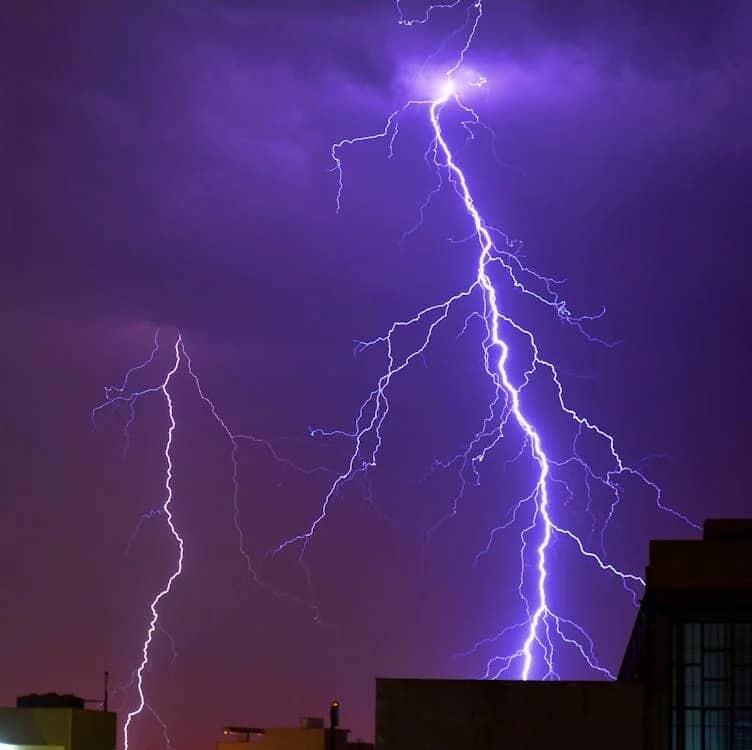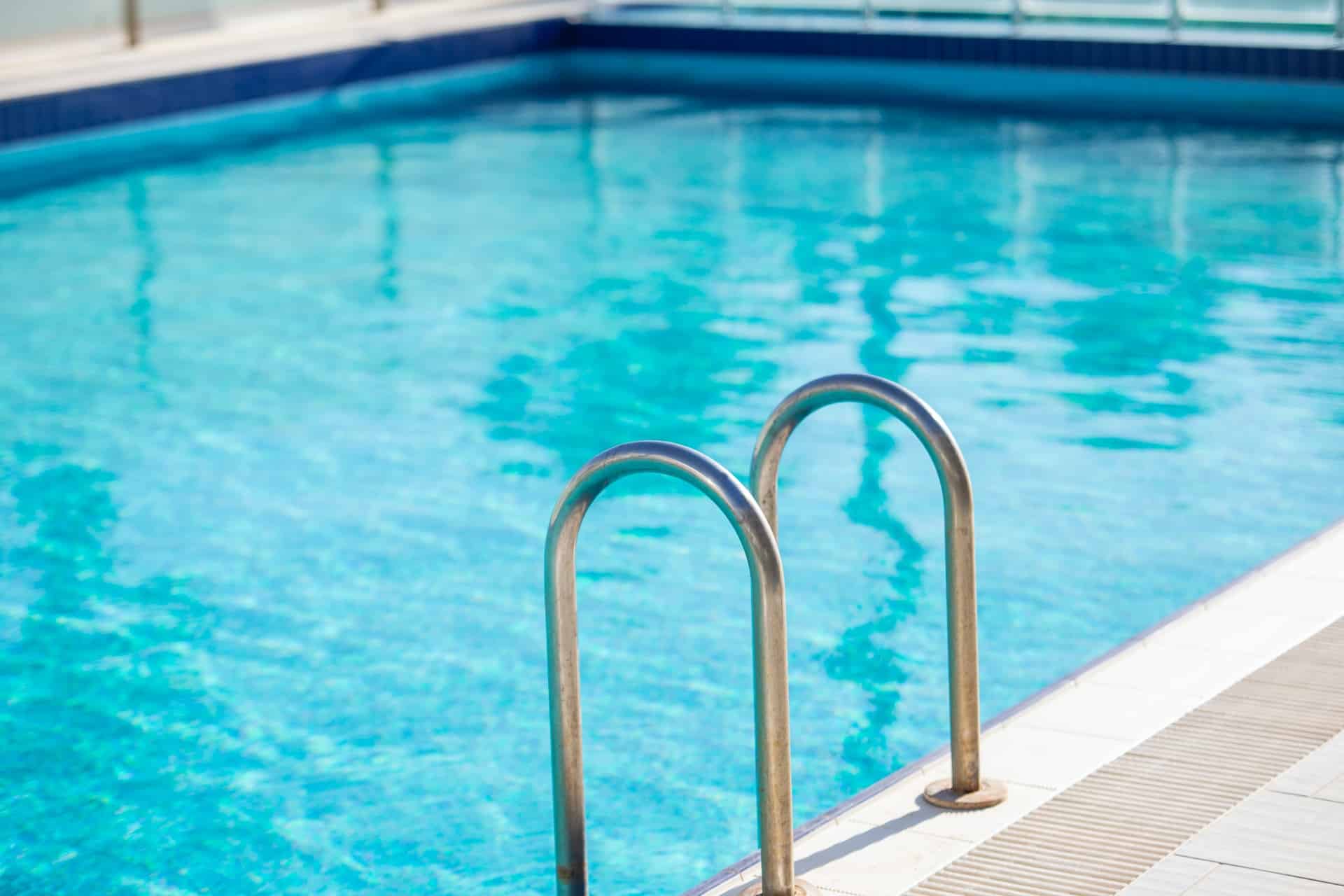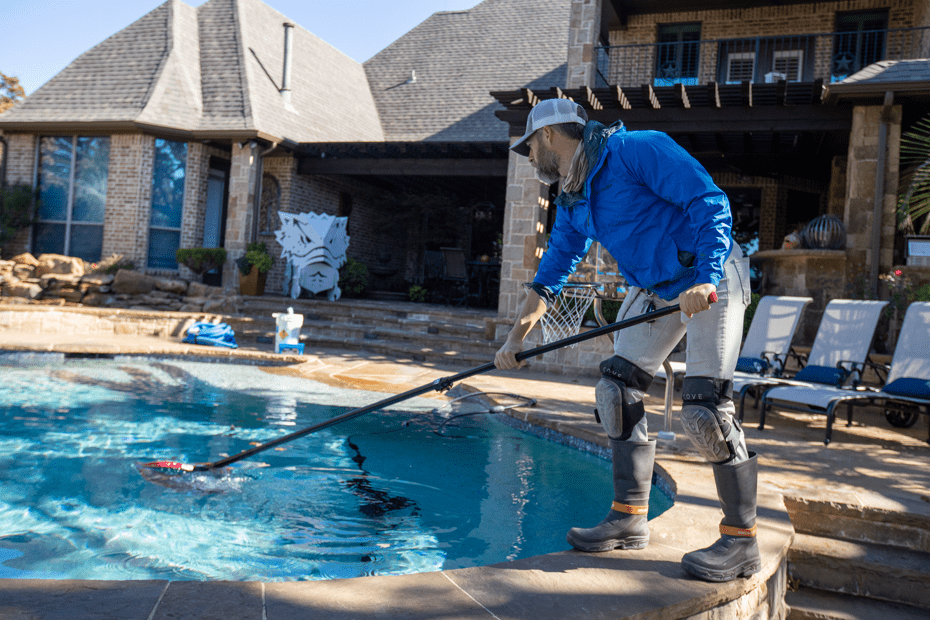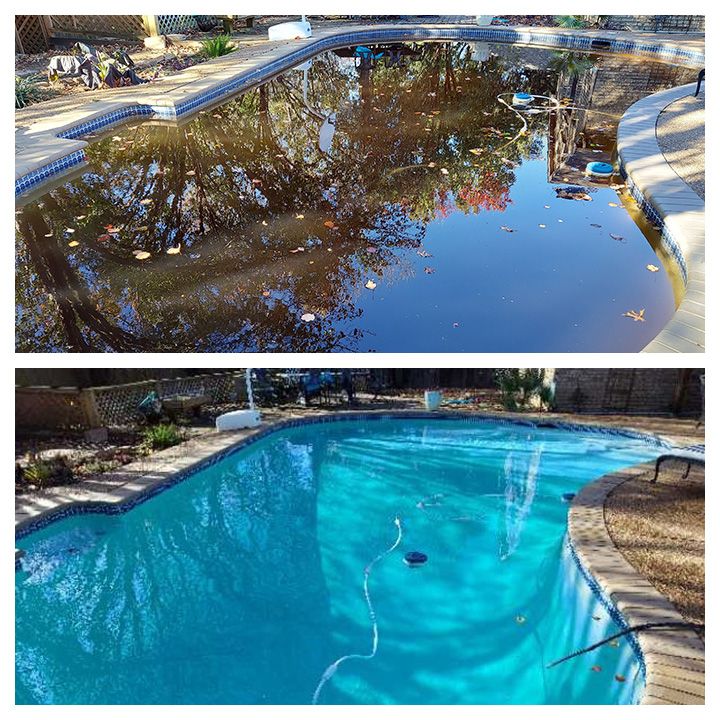Serving Florida & Texas Since 1987
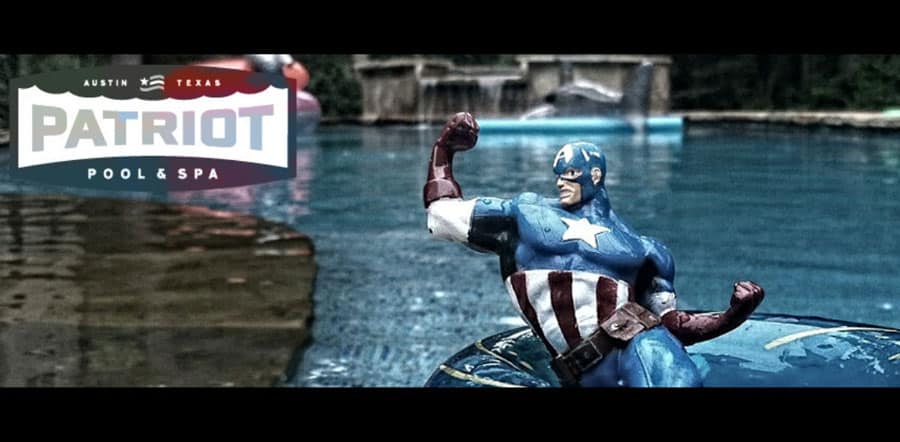
Concerning Today’s Flooding
I wanted to touch base with concern to this flooding we are currently having. As a result of this historic rainfall, we understand that your pool may not currently be an oasis. If you are on our maintenance route, we are going to rectify this as soon as is humanly possible, but in some cases this may take several visits or multiple weeks depending on the scope of property damage and/or flooding that occurred. Compounding the problem, some of you may live in areas that we cannot access due to low water crossings. I have instructed my drivers to not cross ANY water, so if we cannot access your property this week we may not be able to attempt access again until next week at the earliest.
I know many of you may wonder about or be concerned about what happens when your pool overflows, and how to deal with it when it does. I wanted to address this broadly with some instructions that may be helpful to you. In MOST cases, an overflowing pool is not something to worry about at all. Unless you have grading issues on your property that could cause the overflowing water to enter your home, do not be concerned if your pool is overflowing. In fact, with the recent issues regarding our area’s utilities, enjoy the free water!
IF YOU DO HAVE POOL WATER THAT COULD POTENTIALLY ENTER YOUR HOME, I have compiled a short tutorial on how to help evacuate water from the pool.
These instructions will apply ONLY if you have a sand or DE filter. If you have a cartridge filter, there in most cases is not going to be a way to quickly drain water from your pool. Some cartridge systems will have a standard hose bib that you could attache a garden hose to very slowly drain your pool. If your property’s grade creates a flooding hazard to your home, and you have a cartridge filter, we could plumb in a bypass that would allow you to quickly drain water from the pool for future flooding events at your request.
These instructions assume that where your filter backwashes to is a more suitable place to send a large volume of water than where the overflow from the pool itself will go.
STEP 1: Turn off all equipment
STEP 2: In some rare instances there may be a ball valve on your backwash line. If there is, make sure the ball valve is in the open position as pictured at the bottom of this e-mail.
STEP 3: Turn multiport valve to “waste”. It will look similar to the valve pictured at the bottom of this e-mail.
STEP 4: Make sure backwash hose, if present, is rolled to where you are ok sending the water
STEP 5: Turn equipment on. This will start draining water from the pool and sending out from the backwash line
STEP 6: Monitor pool because you will likely get back down to a normal level in less than a half hour
STEP 7: Turn equipment off
STEP 8: Move multiport valve back to “filter”
STEP 9: Turn equipment back on as you normally would
I hope this is helpful! Please stay safe and have fun this Halloween weekend!

